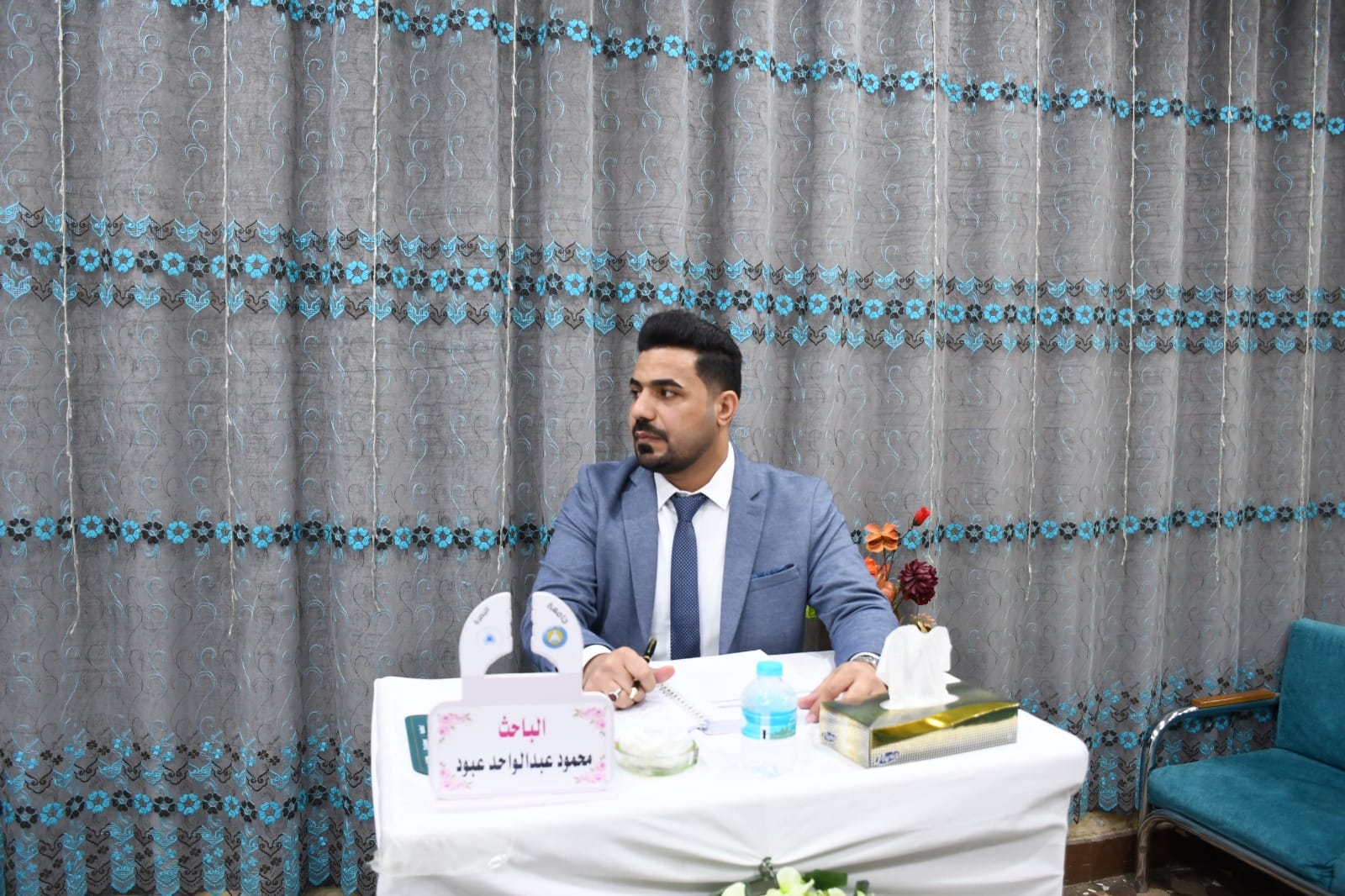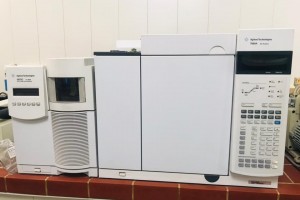
The College of Education for Pure Sciences discussed a master's thesis at the University of Basrah, Department of Biology
The thesis, which was administered by the researcher (Mahmoud Abd al-Wahed Aboud al-Tufan), included
The current study aims to find the half-lethal concentration (LC50) in shrimp Macrobrachium nipponense to find out the concentrations that cause the bioaccumulation of some heavy elements such as iron, copper, lead and cadmium, and measure some biochemical parameters such as glucose, cholesterol, total protein and some stress enzymes such as the Aspartate Aminotransferase enzyme. Transaminase Enzyme (AST) and Alanin aminotransferase Enzyme (ALT) and following up the effect of heavy metal accumulation on the concentration of the studied biochemical parameters. Samples were collected from the Karma River water in the Al-Mashab area, which is characterized by being low in exposure to pollution. The samples were acclimatized in the laboratory in the closed water system. Three replicates were used for each concentration and for each of the studied heavy elements in all axes of the experiment.
As for the accumulation process, it was carried out over a period of 14 continuous days, in which the pond water was changed and the concentrations added on a daily basis. Three replicates were used for three concentrations of each of the studied heavy elements, as the concentrations (2.5, 2, 1.5) ppm were used for the iron element and the concentrations were (0.45, 0.35). , 0.25) ppm for copper and concentrations (0.175, 0.125, 0.05) ppm for lead and concentrations (0.17, 0.1, 0.05) ppm for cadmium.
The results showed the effect of the studied heavy elements on the biochemical parameters, as the results of the statistical analysis showed an inverse correlation between the concentrations of the studied elements and the level of glucose, cholesterol and total protein, and the results also showed a direct relationship between these elements and the level of the stress enzymes AST and ALT
The message is intended to
Monitoring the bioaccumulation of heavy metals in both males and females.
Studying some biochemical parameters such as total protein, glucose, some stress enzymes and some antioxidants in the studied species.
Possibility of using shrimp as a bioindicator of water pollution
Study the effect of accumulation of heavy metals on the biochemical parameters mentioned in the type studied.









